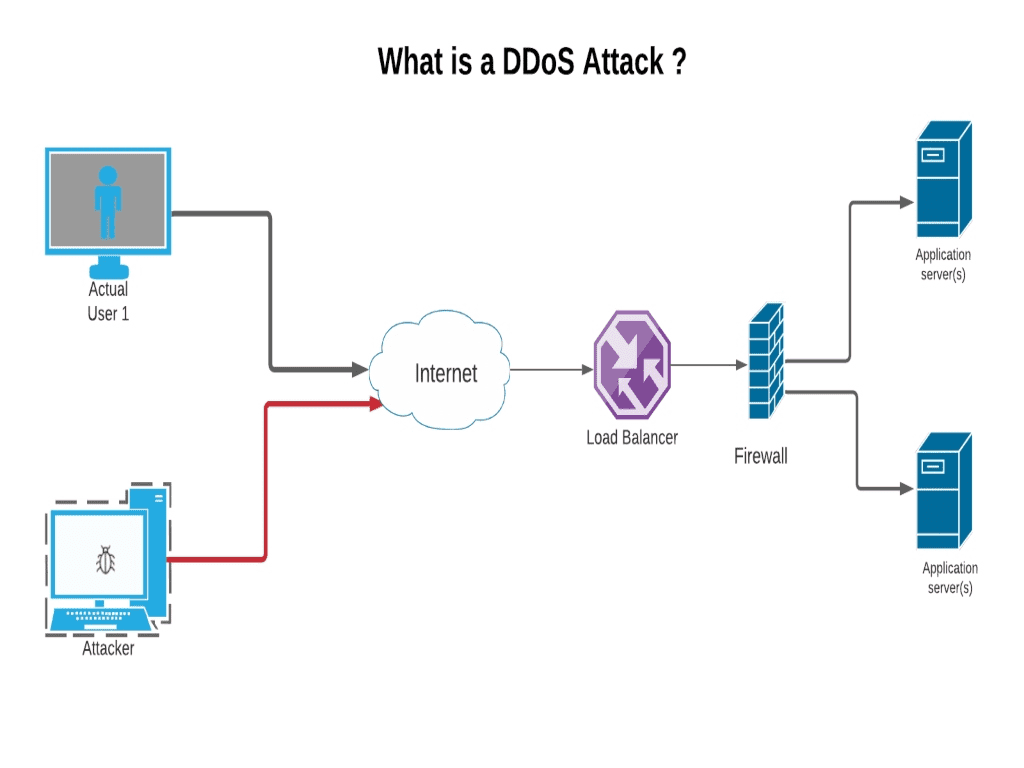
The site claims attack power (the amount of traffic requests with which customers can overload their targets) currently stands at a 2Tbps average and that the total network traffic is 30Tbps, which is simply preposterous.Īs expected, Lizard Squad is making other grand claims about its “booter” on Twitter. The service only accepts the cryptocurrency bitcoin, though the group says PayPal support is “coming soon.” The payment system doesn’t work with VPNs, so those making purchases will have to find other ways to hide their identity and location if they want to remain anonymous.Īt the time of report, Lizard Stresser has supposedly been used seven times (Update: Now the page says three times, so the number is clearly not accurate, and either way it is quite low given sales opened seven hours ago).
#DDOS TOOL 2014 UPGRADE#
It also lets you upgrade to higher-end packages, presumably by paying the difference, if you want more power. To cash out the money, please open a ticket and tell us which plan you want.” Lizard Stresser even has a referral system: “We give you 10 percent of whatever money your referrals spend. As a result, if someone wanted to target Xbox Live and PlayStation Network again, they could do so, even though Lizard Squad itself promised not to attack those services anymore. Not only is Lizard Stresser open to anyone willing to pay, but customers can also use it against any target they wish. It also has “lifetime” options that are one-time fees ranging from $30 to $500 (the page notes this actually means five years, because that’s apparently how long the tool will exist). It offers eight packages, ranging from $6 monthly (for taking down a site for 100 seconds) to $130 monthly (for taking down a site for 30,000 seconds, or over 8 hours). “This booter is famous for taking down some of the world’s largest gaming networks such as Xbox Live, Playstation Network, Jagex, BattleNet, League of Legends, and many more! With this stresser, you wield the power to launch some of the world’s largest denial of service attacks.” It just continues to show the attack traffic as normal.“Welcome to LizardStresser, brought to you by Lizard Squad,” reads the tool’s introduction page.

So it appears that ddos mitigation flow is getting pushed to the switch but I do not see any drop in the graph. Value:'bytes', filter:'direction=egress', t:duration_seconds} Define large flow as greater than 100Mbits/sec for 1 second or longer The addition of an embedded OpenFlow controller in sFlow-RT allows the entire DDoS mitigation system to be collapsed into the following sFlow-RT JavaScript application: The mitigation solution involves an SDN controller that rapidly detects and filters out attack traffic and protects the customer's Internet access.įigure 2: Novel DDoS Mitigation solution using Real-time SDN Analyticsįigure 2 shows the elements of the control system in the SDN Idol demonstration. This article describes an additional example, using the sFlow-RT controller to implement the ONS 2014 SDN Idol winning distributed denial of service (DDoS) mitigation solution - Real-time SDN Analytics for DDoS mitigation.įigure 1 shows how service providers are ideally positioned to mitigate large flood attacks directed at their customers.

The article provides an example using InMon's sFlow-RT controller to detect and mark large "elephant" flows so that they don't interfere with latency sensitive small "mice" flows. VMware NSX, Nuage Networks, Juniper Contrail, etc.) and fabric controllers that optimize performance of the physical network. Performance optimizing hybrid OpenFlow controller describes the growing split in the SDN controller market between edge controllers using virtual switches to deliver network virtualization (e.g.


 0 kommentar(er)
0 kommentar(er)
